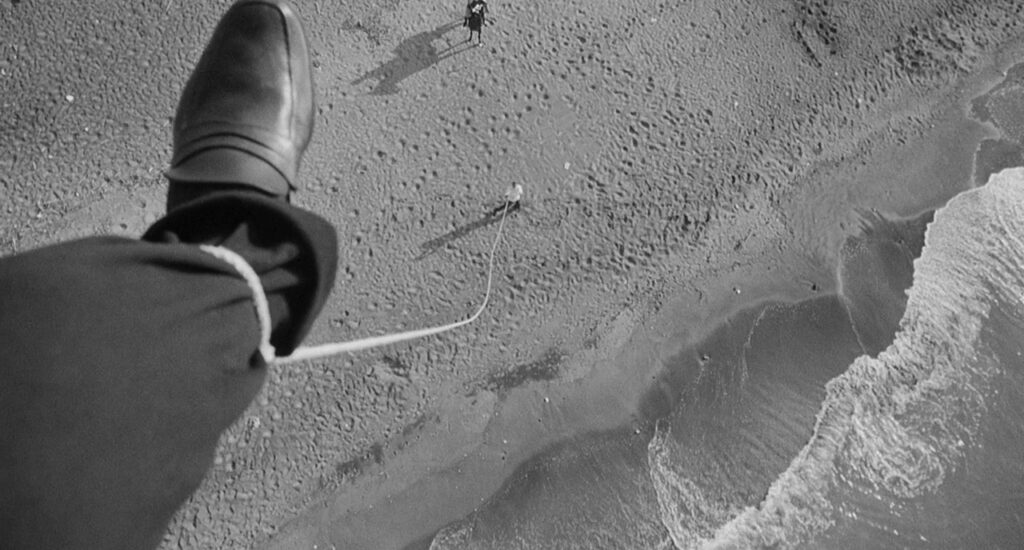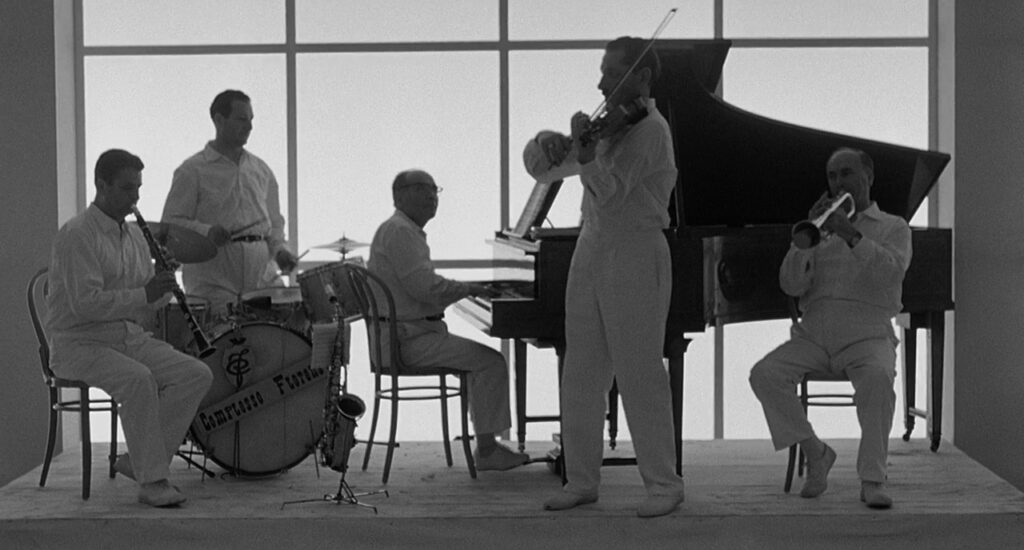Federico Fellini’s “8½” (1963) occupies a place of reverence not just for its narrative innovation and visual audacity, but also for its revolutionary approach to working with extras. This Italian masterpiece, a semi-autobiographical story that delves into the creative struggles of a film director, is as much a study in character depth as it is a lesson in the art of utilizing extras to enhance the film’s texture and emotional resonance.
Fellini, known for his flamboyant style and penchant for blending fantasy with reality, approached the use of extras in “8½” with a level of care and intentionality that was unprecedented. Rather than treating these non-speaking roles as mere background filler, Fellini imbued each extra with a sense of purpose and individuality, making them integral to the film’s rich tapestry.
Crafting a Living World
One of the most striking aspects of “8½” is its ability to create a living, breathing world that the main characters inhabit. Fellini achieved this by casting a wide array of extras, each selected for their unique faces and distinctive presences. These individuals, from the hauntingly serene to the vibrantly eccentric, were not just passive bystanders but active participants in the film’s narrative landscape. Their silent expressions and movements contributed to the film’s thematic depth, emphasizing the protagonist’s isolation, confusion, and the cacophony of his inner world.

Direction and Composition
Fellini directed his extras with the same attention to detail that he afforded his main actors. This not only added a layer of authenticity to the movie but also highlighted Fellini’s belief in the collaborative nature of filmmaking. By empowering extras to contribute to the rich compositions, he ensured that their interactions and reactions were genuine, enhancing the film’s overall impact.
A Visual Symphony
The choreography of extras in “8½” is akin to a visual symphony, with each participant playing a critical role in the composition. Fellini masterfully orchestrated scenes where the movement and placement of extras contributed to the film’s visual storytelling. One notable example is the opening traffic jam sequence, where the extras’ expressions and actions encapsulate the protagonist’s feelings of entrapment and existential dread. This careful arrangement of non-speaking characters created a powerful, emotive landscape that spoke volumes without words.

Enriching the Scene
Fellini’s innovative use of extras in “8½” has left a lasting legacy in the world of cinema. It challenged conventional notions of background characters, proving that extras could be used not just to populate a scene but to enrich it, adding layers of meaning and emotional texture. This approach has influenced countless filmmakers, encouraging a more thoughtful and creative engagement with every element of the cinematic frame.
Conclusion
“8½” not only perfected the art of working with extras but also redefined it. Through meticulous selection, direction, and choreography, Fellini transformed these background figures into essential components of the film’s narrative and emotional fabric. This masterpiece serves as a testament to the power of extras in cinema, elevating them from the peripheries of the frame to the heart of the cinematic experience.





